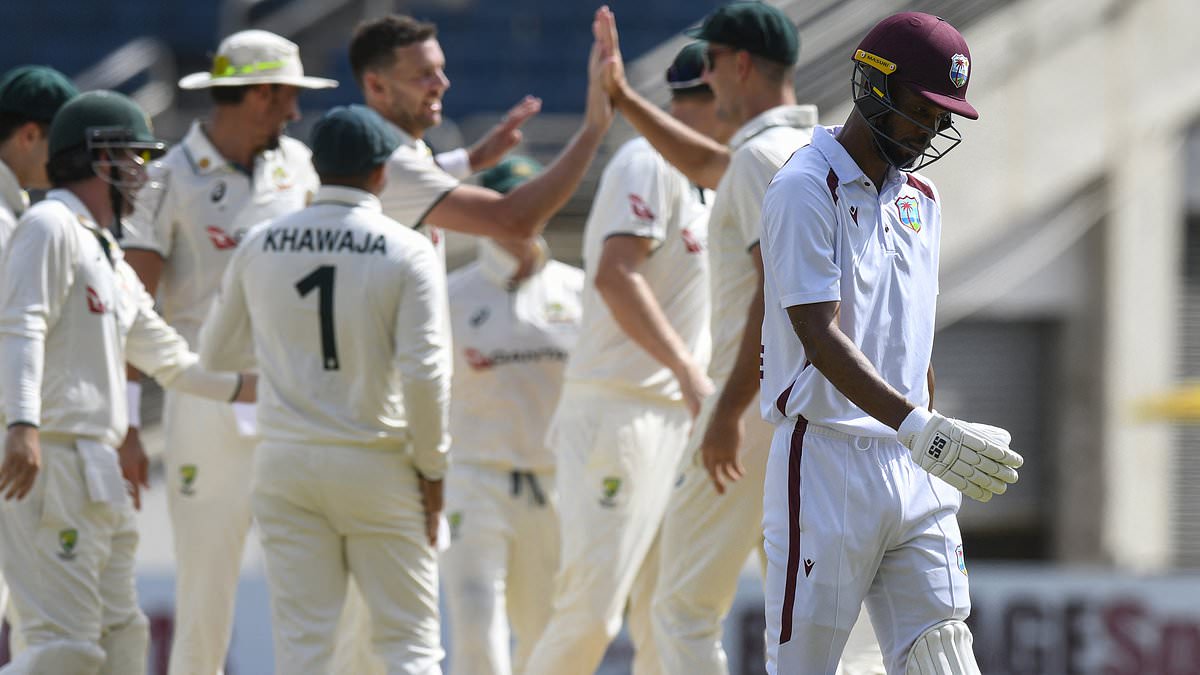Imagine the world’s oldest format getting a major makeover—that’s what might be coming in Test cricket by 2027.
The International Cricket Council (ICC), under new chief Sanjog Gupta, is exploring a radical two-division system for Test matches.
This could mark the beginning of the end for how we’ve known the longest version of the game.
Two Leagues, Promotion and Relegation—Big Changes Ahead
Word is that the ICC proposes splitting Test cricket into two tiers or leagues of six teams each, complete with promotion and relegation.
The so-called “Big Three”—India, England, and Australia—have always been able to pick and choose their opponents.
This structure would further cement their dominance and shorten their head-to-head cycle from four years to three.
The Money Talking Loudest in Cricket’s Future
At a cricket conference in 2023, Gupta hinted that big decisions were looming, comparing the game’s trajectory to how Blackberry vanished once smartphones surged.
Test cricket isn’t a phone, of course—it’s a cherished institution.
But the growing influence of broadcast revenue and governing power has pushed financial inequality to the fore, and now change is brewing.
The Real Divide: Who Stays in Division Two?
Teams like Pakistan, West Indies, Bangladesh, Afghanistan, Ireland, and Zimbabwe would likely find themselves in the second tier.
Playing each other repeatedly could weaken their development, making promotion even harder and widening the gap with the likes of Australia, India, and England.
Recent Results Show Those Second-Tier Teams Aren’t Powerless
Even recent match outcomes challenge that hierarchy.
England lost in Pakistan, haven’t won in the Caribbean for over two decades, and merely drew with Bangladesh the last time they toured.
The West Indies may have slumped with the bat recently, but their bowling attack had Australia scrambling while posting solid first-innings totals.
A Different Path: A Fair World Test Championship
There’s an alternative—one rooted in inclusivity, not elitism.
A revamped World Test Championship could see every team play home and away in three-match series over four years.
The top three would contest a final playoff, aligning cricket with sports like football and rugby that prize scarcity and fairness.
Rebalancing the Economics of Cricket
None of this will work until the ICC uproots the deeply unequal financial model that favors the Big Three.
Until then, any reform will only solidify inequality and further sideline the smaller nations.
Umpiring Chaos and Odd Points Penalties
England also suffered a slap-dash two-point penalty at Lord’s because of slow over rates after their second innings lasted fewer than 63 overs.
The fairness of cricket’s current systems, especially the World Test Championship rules, continues to raise questions—particularly when mess-ups seem to punish competitiveness.
Old Complaints, New Settings
Controversy over selection isn’t new either—decades ago fans actually wrote letters when favoured players were dropped.
Fast forward to today, and social media is the battleground for fan outrage over anything—from selection to scheduling.
T20 Champions League Revival: More Power for the IPL?
Meanwhile, whispers persist about reviving the T20 Champions League.
But if IPL franchises get first dibs on players, the tournament could simply act as another extension of Indian cricket’s commercial dominance.
